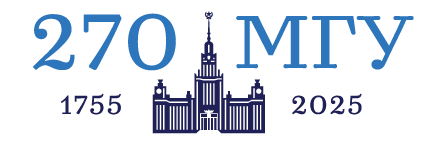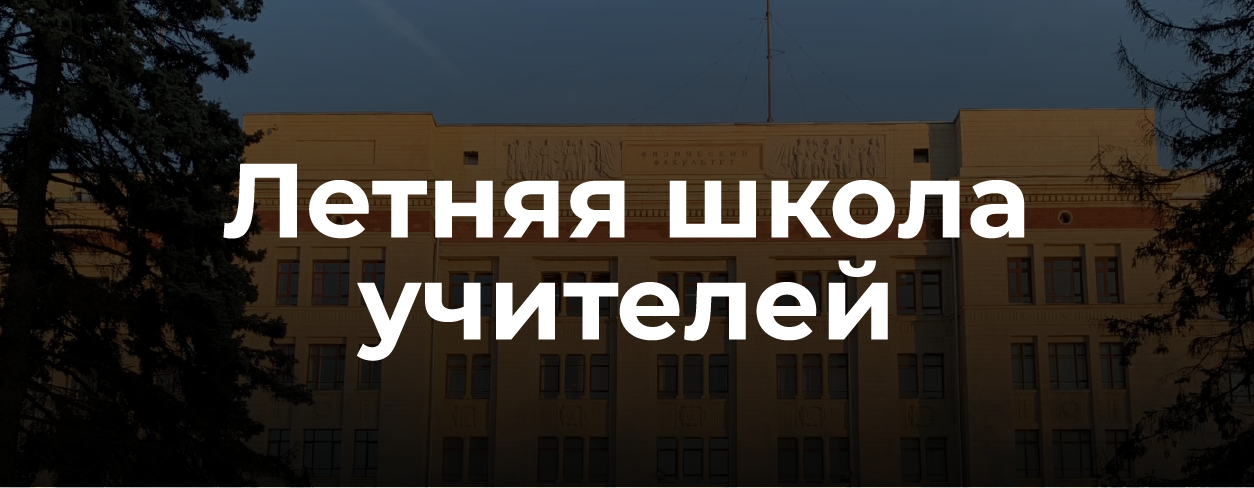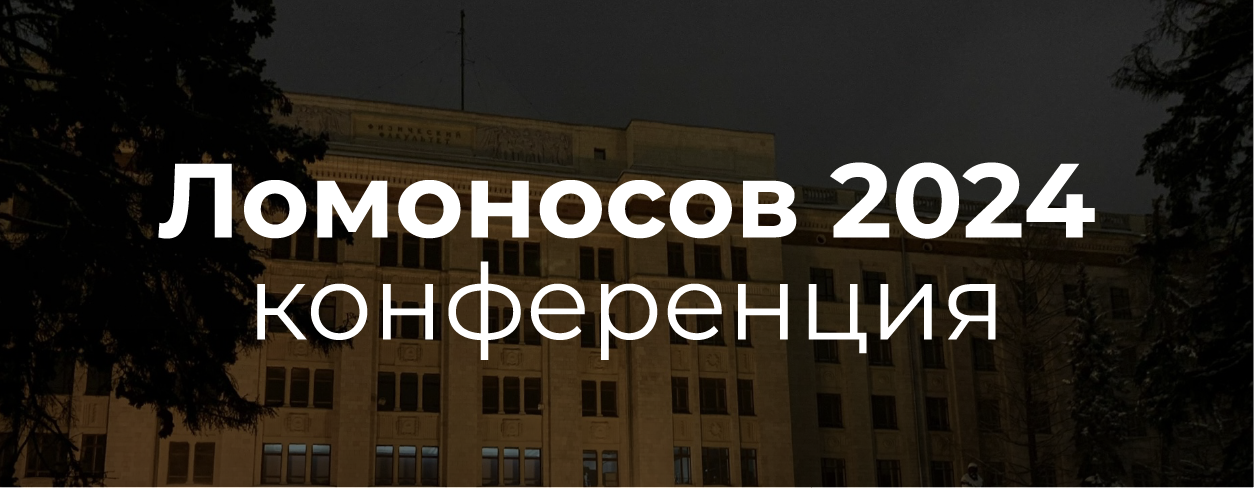2014: Nonlinear Polarization Optics of Ultrashort Optical Pulses
Physicists from Lomonosov Moscow State Univ. (group of Prof. Vladimir Makarov at the Faculty of Physics: G.A.Gryaznov, I.A.Perezhogin, and N.N.Potravkin) theoretically studied nonlinear optical activity in a gyrotropic media during the propagation of ultrashort optical pulses.
The effect of nonlinear optical activity, i.e., the intensity-dependent polarization plane rotation of linearly polarized light in a medium with cubic nonlinearity was theoretically predicted almost fifty years ago at the Faculty of Physics, Lomonosov Moscow State University, by S.A.Akhmanov and V.I.Zharikov and in 1979 it was experimentally observed by S.A. Akhmanov, B.V. Zhdanov, N.I. Zheludev and A.I. Kovrighin. Initially this rotation was explained solely by the spatial dispersion of the nonlinear optical response of the medium. Later it was discovered that the intensity-dependent polarization ellipse rotation takes place in crystals of cubic, hexagonal and tetragonal crystal systems owing to nonzero real and imaginary parts of the components of local and nonlocal cubic optical susceptibility tensors.
The subsequent theoretical and experimental investigations assure that the polarization self-action and interaction of waves are valid and wide spread phenomena in nonlinear optics. Waves in quantum electronic devices are practically always elliptically polarized, and the assumption of non-changing polarization during their propagation is unjustified, and can serve only to provide survey knowledge on the nonlinear optical phenomena.
The majority of theoretical results in modern nonlinear polarization optics is obtained within the framework of slowly varying envelope approximation. However, this method cannot be used efficiently for ultrashort pulses (with the duration of less than ten oscillations of the electric field). In this case, the Stokes parameters as well, as polarization ellipse ellipticity degree and orientation angle widely used in nonlinear polarization optics lose their physical meaning. Instead, the specific changes of the electric field vector in the propagating laser pulse can be seen in the hodograph of the electric field strength vector, which is the curve traced by the end of this vector.
In our studies, a modification of the finite-difference time-domain (FDTD) method with auxiliary differential equation was used for the first time for the description of the propagation of an elliptically polarized ultrashort pulse in a medium with frequency dispersion and spatial dispersion of cubic nonlinearity. We have proposed a model of such a medium, which allows for the general description of nonlinearity and formulation of material equations irrelative of the smallness of spatial dispersion parameter, which is commonly used.
Depending on the relations between the parameters determining the polarization of the ultrashort pulse and the nonlinear optical susceptibilities of the medium, various propagation modes can be realized. Complex evolution of the electric field vector in the pulse travelling through the nonlinear gyrotropic medium is essentially different from the intensity-dependent polarization ellipse rotation and deformation predicted by slowly varying envelopes method. For example, in certain cases during the propagation of the ultrashort pulse the hodograph of the electric field vector changes its helicity from right-handed to left-handed or vice versa.
The results of these studies have been published in G.A.Gryaznov, V.A.�Makarov, I.A.Perezhogin, N.N.Potravkin, Phys. Rev. E�89, 013306 (2014).










